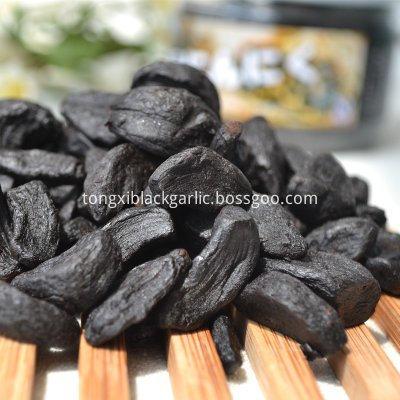1. Symptoms Occur mainly in the leaves, the area where the temperature is higher and the humidity is higher in the hilly area. In addition to harming the leaves, temporal lobes, and leaf sheaths, the disease also has stronger pathogenicity to the female and stalks than large spot disease. Causes ear rot and culms off. At the beginning of the disease, translucent brown spots appear on the leaves, and then expand into brownish brown spots of 5-6 mm 2-4 mm in size. The edges are auburn, with clear outlines. There are two to three concentric rings of lesions on the leaves. When it is further developed, the inside fades slightly to brown. When the weather is wet, dark black molds are produced on the lesions, and damage to the leaf greens after the leaves are damaged affects the photosynthesis and leads to a reduction in yield. 2. The characteristics of the disease The wintering of mycelium on the diseased body (mainly diseased leaves) mainly allows the conidia to overwinter, but the survival rate is low. The primary infestation source of corn leaf spot is mainly the diseased plants left in the field or in the corn stalk pile after harvest last year, followed by diseased seeds, and it may be possible to introduce races with strong pathogenicity when introduced from other places. And cause losses. During the growing season of maize, suitable temperature and humidity were encountered, and conidiospores from the overwintering fungus were transmitted to the maize plants. They germinated and invaded the host with water film on the foliage, and they encountered the conditions of temperature and humidity suitable for onset, after 5-7 days. New conidia can be recreated for reinfestation, which causes disease epidemics by repeated infections, which occurs initially in the lower leaves of the plant and spreads to the surrounding plants to expand the level, resulting in a certain number of diseased plants. Afterwards, the upper leaves of the plants are expanded for vertical expansion. 3. Incidence and pathogenesis a. Incidence conditions: The dormant mycelia and conidia are mostly overwintered on the diseased body, becoming the initial infection source for vertical years. Conidia spread by wind and rain, air flow, infestation of corn, conidia on the diseased plants for reinfection. The suitable temperature for onset is 26-29 °C, and the optimum temperature for conidia production is 23-25 ​​°C. Spores germinate at 24°C for 1 hour. Encountered sufficient water or high temperature conditions, the rapid spread of the disease, corn ear and heading phase of high humidity and high humidity, easily lead to the prevalence of small spot disease. Low incidence, too dense planting, shaded land and continuous cropping are more serious. b. Incidence of disease: Phytophthora infestans mainly infects corn leaves, but also infects filaments, grains, cobs, etc., causing the ear to turn grayish black and causing a serious reduction in yield. The pathogens are mycelia and conidia in the diseased plant residues. The second year of wintering, conidia are the first source of infestation. Conidia spread by wind and rain splashes, forming a re-infestation in the field. The severity of the disease is closely related to the variety, climate, bacteria source, and cultivation conditions. Diseases with weaker disease resistance, hot and humid fields, low-lying land, and underfertilization are more serious. 4. Control methods a. Select disease-resistant varieties, and choose suitable local disease-resistant varieties according to local conditions. b. Improve cultivation techniques to enhance corn disease resistance, formula fertilization, increase phosphorus and potassium fertilizers and micro-fertilizer according to the law of requirement fertilizer of maize, in order to improve the disease resistance of plants, and pay attention to drainage in low-lying land. c. After the autumn harvest, remove the diseased body in time to reduce the amount of overwintering bacteria. d. Chemical control: In the early stage of disease use, 50% tetanus WP 800 times; 50% thiophanate-methyl WP 500-800 times; 50% carbendazim WP 500 times; 75 % Chlorothalonil WP 800 times interval 7-10 days once spraying, control 2-3 times.
Peeled Black Garlic is peel them first, and then fermentation,It's easy to eat.
We know that garlic itself is a very good health food, while the role of black garlic is really amazing. For diabetes, hypertension, high cholesterol, cancer prevention and treatment have a very significant effect.
Once you have peeled the clove it is ready to eat.Black Garlic
should have 24 months shelf life if stored in the correct conditions.
Peeled Black Garlic,Peeled Fermented Black Garlic,Fresh Peeled Black Garlic,Organic Peeled Black Garlic Zhucheng Tongxi Commercial And Trade Co.,Ltd. , https://www.blackgarlicgroup.com
